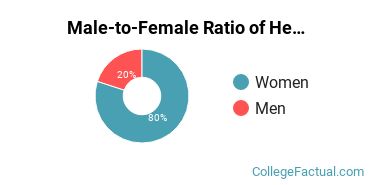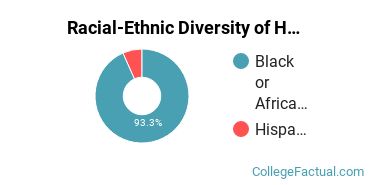 by our College Data Analytics Team
by our College Data Analytics TeamHealth Professions is a program of study at Strayer University - South Carolina. The school offers a master’s degree in the area. Here, you’ll find out more about the major master’s degree program in health professions, including such details as the number of graduates, diversity of students, and more.
If there’s something special you’re looking for, you can use one of the links below to find it:
During the 2019-2020 academic year, part-time graduate students at Strayer University - South Carolina paid an average of $0 per credit hour. No discount was available for in-state students. The average full-time tuition and fees for graduate students are shown in the table below.
| In State | Out of State | |
|---|---|---|
| Tuition | $14,940 | $14,940 |
| Fees | $195 | $195 |
Learn about other programs related to <nil> that might interest you.
The online MPH degree at SNHU gives you a solid grounding in the scientific basis of public health, preparing you to effect change for entire populations.
Looking for online learning options? Good news, you can take online classes in the health professions master’s degree program at Strayer University - South Carolina. To see if the school offers distance learning options in other areas, visit the Strayer University - South Carolina Online Learning page.
Women made up around 80.0% of the health professions students who took home a master’s degree in 2019-2020. This is less than the nationwide number of 82.1%.

All of the health professions master’s degree recipients at Strayer University - South Carolina in 2019-2020 were awarded to racial-ethnic minorities*.

| Race/Ethnicity | Number of Students |
|---|---|
| Asian | 0 |
| Black or African American | 14 |
| Hispanic or Latino | 1 |
| Native American or Alaska Native | 0 |
| Native Hawaiian or Pacific Islander | 0 |
| White | 0 |
| International Students | 0 |
| Other Races/Ethnicities | 0 |
Health Professions students may decide to major in one of the following focus areas.
| Focus Area | Annual Graduates |
|---|---|
| Health & Medical Administrative Services | 15 |
*The racial-ethnic minorities count is calculated by taking the total number of students and subtracting white students, international students, and students whose race/ethnicity was unknown. This number is then divided by the total number of students at the school to obtain the racial-ethnic minorities percentage.
More about our data sources and methodologies.